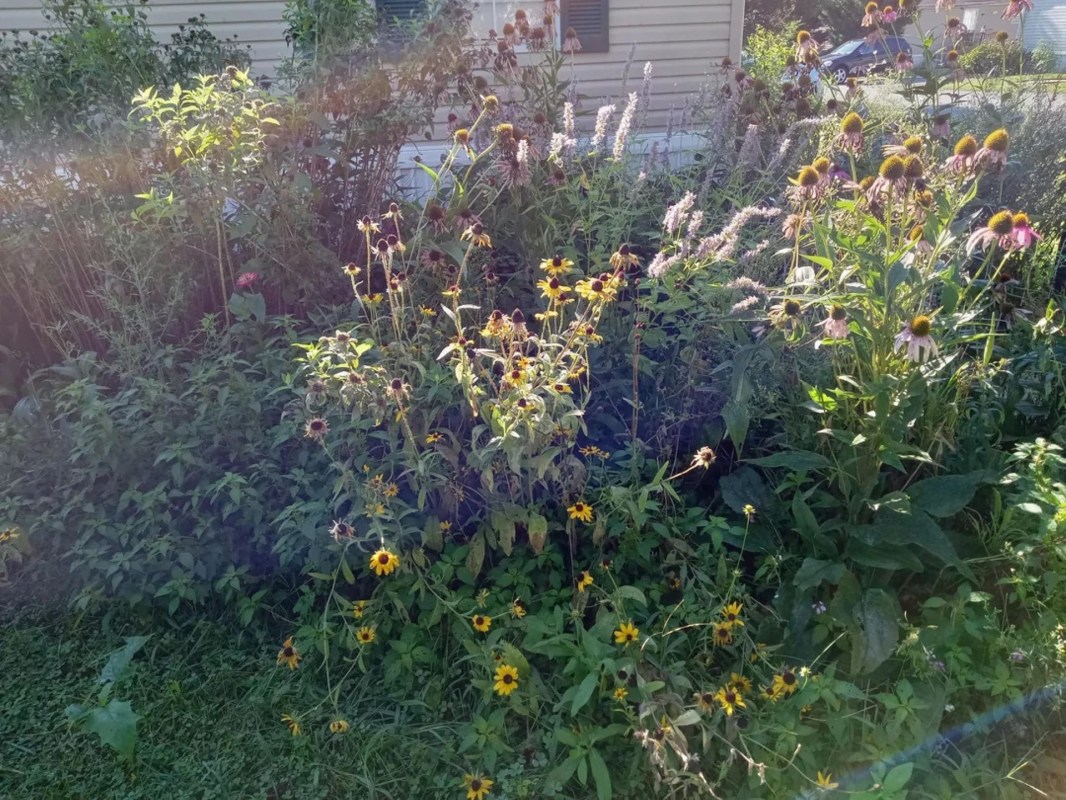One Redditor shared an in-depth guide for creating a pollinator-friendly garden that looks tidy and intentional.
More and more homeowners are realizing that traditional lawns aren't just expensive and high-maintenance. They're also unfriendly to local wildlife and can increase pollution from fertilizer and pesticides.
Instead, it's better for your wallet and the environment to plant native plants, or at least ones that feed pollinators like bees and hummingbirds.
Unfortunately, local HOAs are often an obstacle for homeowners who want an alternative to a traditional lawn. Some residents look for ways to work within HOA rules, while others are willing to fight for their native plants — and have even successfully changed laws to protect their eco-friendly gardens.
how can I make my pollinator/native garden look more maintained? (for HOA)
by u/My-Star-Seeker in NativePlantGardening
One user in r/NativePlantGardening isn't looking for a legal battle — just tips to make a pollinator-friendly garden look more tidy.
"My plants are a little too messy and I know I will be asked to 'deal' with them," they say, sharing several photos of their garden. "The flowers fall over so much I have taken to weaving them together just to keep them off the ground or away from the walkway."
One heroic commenter responds with a guide to making a garden look well-maintained instead of wild. The key, they say, is planning.
"For species that tolerate it, learn to grow seed in transplant cells, then transplant instead of casting seed. This can allow a lot of precision in design," they suggest.
They also recommend creating deliberately shaped garden beds with defined, visible edges, leaving space between the beds and the house to allow the gardener to walk behind and trim the plants at the back.
A second commenter echoes this advice. "I think I would have borders with at least a little mulch around the border. ... The way HOA's can be, it seems like a good idea."
The first commenter also says planning and a little pruning is the best way to keep plants from falling over.
"It looks like some of your growth has gone taller than I often see, possibly due to competition for light," they tell the original poster.
Then, they suggest arranging plants from tall to medium to short. Not only does this create an orderly appearance, but it also ensures each plant is getting sun.
Join our free newsletter for easy tips to save more, waste less, and help yourself while helping the planet.









